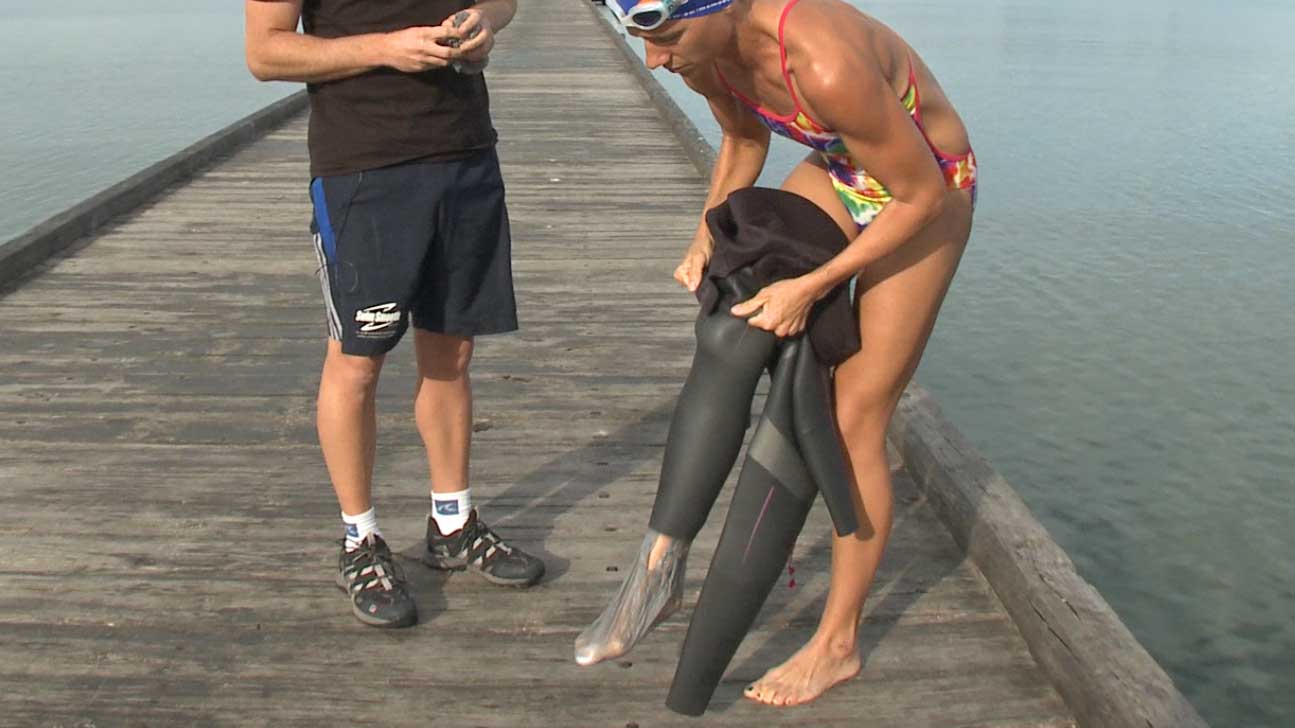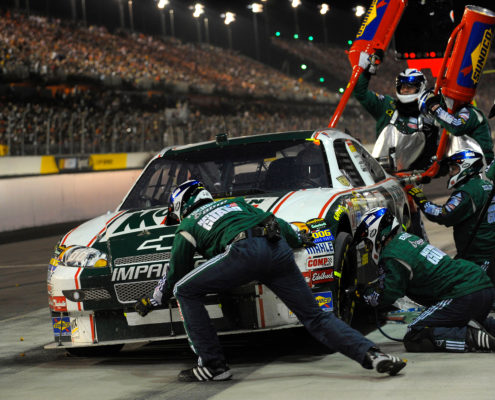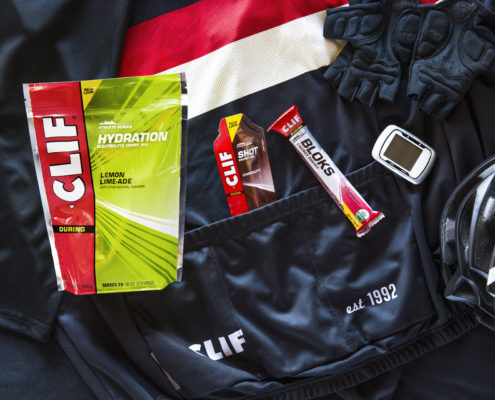If you are considering using a wetsuit for a triathlon, there is a lot to know going into it. Be sure and review the rules and research the water temp where you will be swimming. Wetsuits can be a big investments and a little tricky to start out so, if you are having trouble or this is your first time, read the steps below on how to get into your suit properly without damaging it.
CAUTION: When getting into your wetsuit, sharp objects can penetrate the rubber of your performance wetsuit. Long fingernails and other sharp objects could make small cuts in the surface of your wetsuit if caution is not exercised. These small cuts are not covered under the manufacturer warranty and are the responsibility of the owner. When trying on a wetsuit, it is best to clip fingernails and/or to be especially aware of your nails.
9 Steps to make putting on a wetsuit easier:
1. Step into the suit with the zipper facing behind you.

2. If you are having trouble getting the wetsuit over your foot, you can put a plastic grocery bag over your foot and then pull on the wetsuit. Pull the legs of the wetsuit about 1-2 inches above your ankle.
3. Raise the fabric up around your waist. Work the wetsuit towards your crotch area until all air pockets have disappeared. For an ideal fit, the wetsuit should feel snug and almost tight around the waist and legs.
4. Lift the wetsuit up around your arms or shoulders depending on the wetsuit model.
5. For a full suit (long sleeve), pull the sleeves 1-2 inches past your watch or wrist area. When pulling on the sleeves, pull on the rubber between the elbow and shoulder.
6. To maximize the range of motion and comfort in the water, it’s important to take your time fitting the arms. Point your arms to the sky and start working the material towards your shoulder. The fit is correct when there is no gap between the wetsuit and your armpit. Excess rubber should reside above the shoulder. Repeat for both arms.
7. Have a second person zip and secure the collar. Ask the person assisting you to be careful that the zipper does not catch in the protective back flap. Having another person secure the back mechanisms will prolong the life of the rubber and help prevent your zipper from getting stuck in the closed position.

9. A proper fit should feel almost uncomfortably tight out of the water. The suit will naturally expand and become more comfortable once in the water and in a proper swimming position.
Follow these steps and getting into your wetsuit will get easier over time. The advice will also help prolong the life of your wetsuit. Take care of it and it’ll take care of you, be sure to wash it and hang dry! After you swim be sure to follow these steps to get out of your wetsuit and be sure to follow our care tips after.



